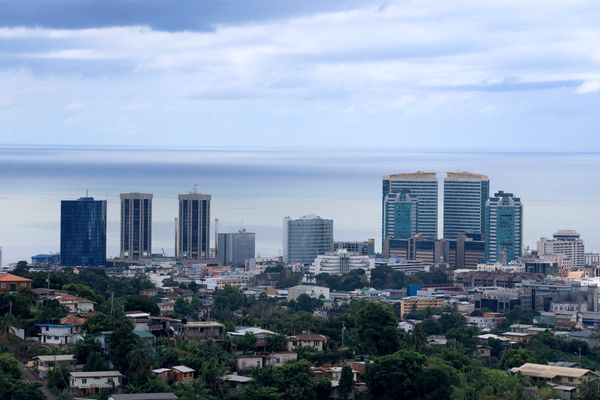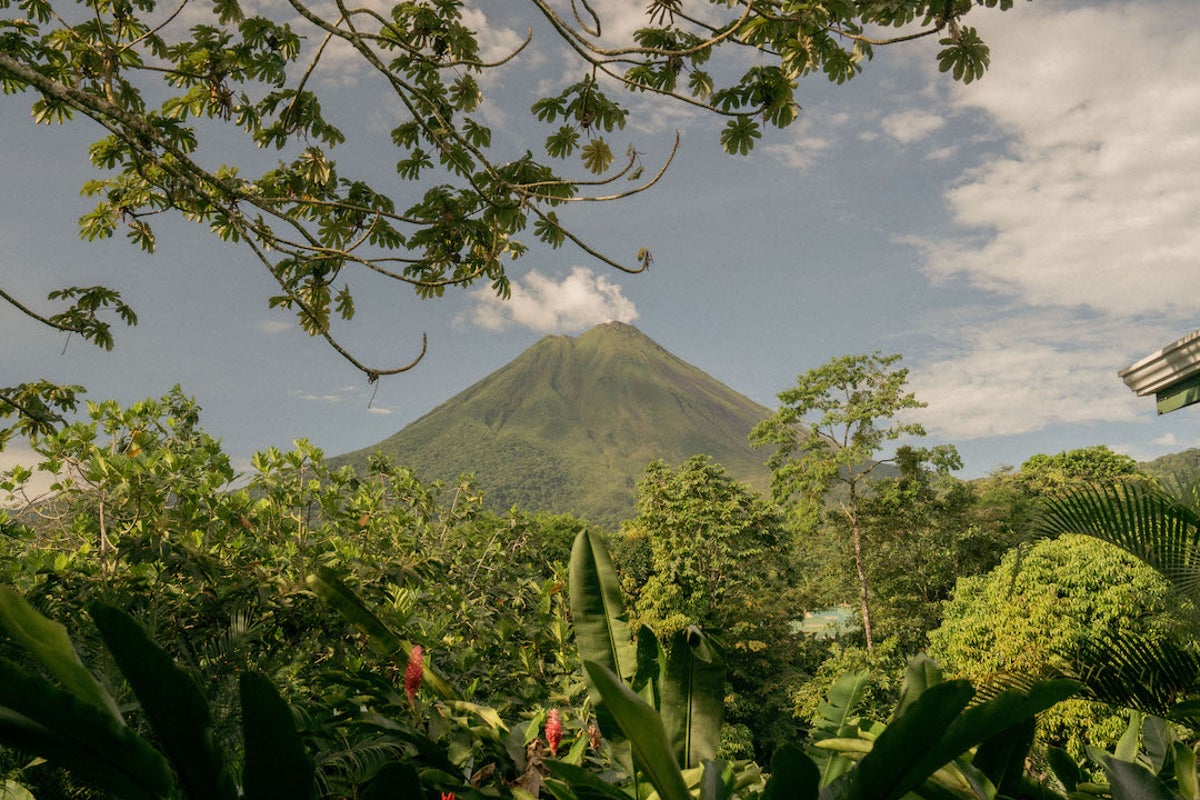
I’ve travelled all over the world in search of wellbeing and Costa Rica has always been a place that’s topped my bucket list. I’d read about the healing power of the protected jungles and reefs, the incredible biodiversity of the landscapes and the alternative stripped-back lifestyle embraced by so many residents of the Central American sovereign state.
I decided to explore the country this year and visited as many points on the map as I could, including one of the world’s five Blue Zones – the Nicoya Peninsula – where some of the longest-living people on Earth thrive thanks to simple foods, community and a profound respect for nature.
The unofficial but widely used greeting, “pura vida” is the Costa Rican way of communicating the importance of these tenets. It’s a catchphrase that Edgar, my Costa Rican guide, tells me came from the Mexican movie of the same name in the ‘50s – a fact that surprised me because I expected a more far-reaching lineage. It’s since become the entire philosophy of the Costa Rica, blending gratitude, optimism and slow living into a single phrase that translates as “pure life”,
Naturally, it’s the perfect place to go in search of health and healing. So if you’re planning on visiting this incredible country, read on for my recommendations of where to stay, explore, eat and experience the true heart of Costa Rica.
Connecting with nature
Rainforest hikes
If long walks beneath the rainforest canopy, volcanic hikes, forest bathing and swimming in natural waters appeals to you, Costa Rica is the gift that keeps on giving. Between the hot and rainy seasons the weather is warm, though depending on when you choose to visit you may be caught in a brief storm. This, though, is an impressive feat in itself.
Costa Rica offers a rare balance of beauty, biodiversity, and eco-consciousness. Nearly all of its energy comes from renewable sources, its jungles and coastlines are fiercely protected and its landscapes look almost hyperreal. Rainforests, cloud forests, volcano-fed hot springs and endless stretches of wild beach make it a natural sanctuary for restoration.
Walk through the forest on guided hikes during the day or night to spot sloths, ocelots, tree frogs, snakes and the many, many species of spider that live in Costa Rica’s forests. This is truly wild country so keep to the path and always book an experienced guide. Forest bathing in the Monteverde Cloud Forest reconnects you with the slow pulse of nature, while hikes in La Fortuna or Montezuma reward you with natural swimming pools.
Waterfalls and hot springs
Waterfalls are also abundant and are one of the most striking natural tourist attractions worth seeing. Rio Celeste, Nauyaca Waterfalls, La Paz Waterfall and La Fortuna Waterfall all offer varying levels of access, depending on whether you prefer to hike or just pull up to admire the cascading water. Some you can swim in, others are protected and should merely be observed.
One of the most soothing experiences in Costa Rica is soaking in natural hot springs. In Arenal, just outside the town of La Fortuna, water heated by the Arenal Volcano flows into a network of pools at places like Tabacón Hot Springs and EcoTermales. The area is peppered with spa resorts which range from two stars to five stars with costs varying depending on the season.
The mineral-rich waters around the volcano are said to relax muscles and restore balance. For something more low-key, the Orosi Valley offers tranquil, less-travelled thermal baths. Many eco-luxury spas also draw on the volcanic landscape, offering treatments that use volcanic clay, coffee scrubs and tropical botanicals.
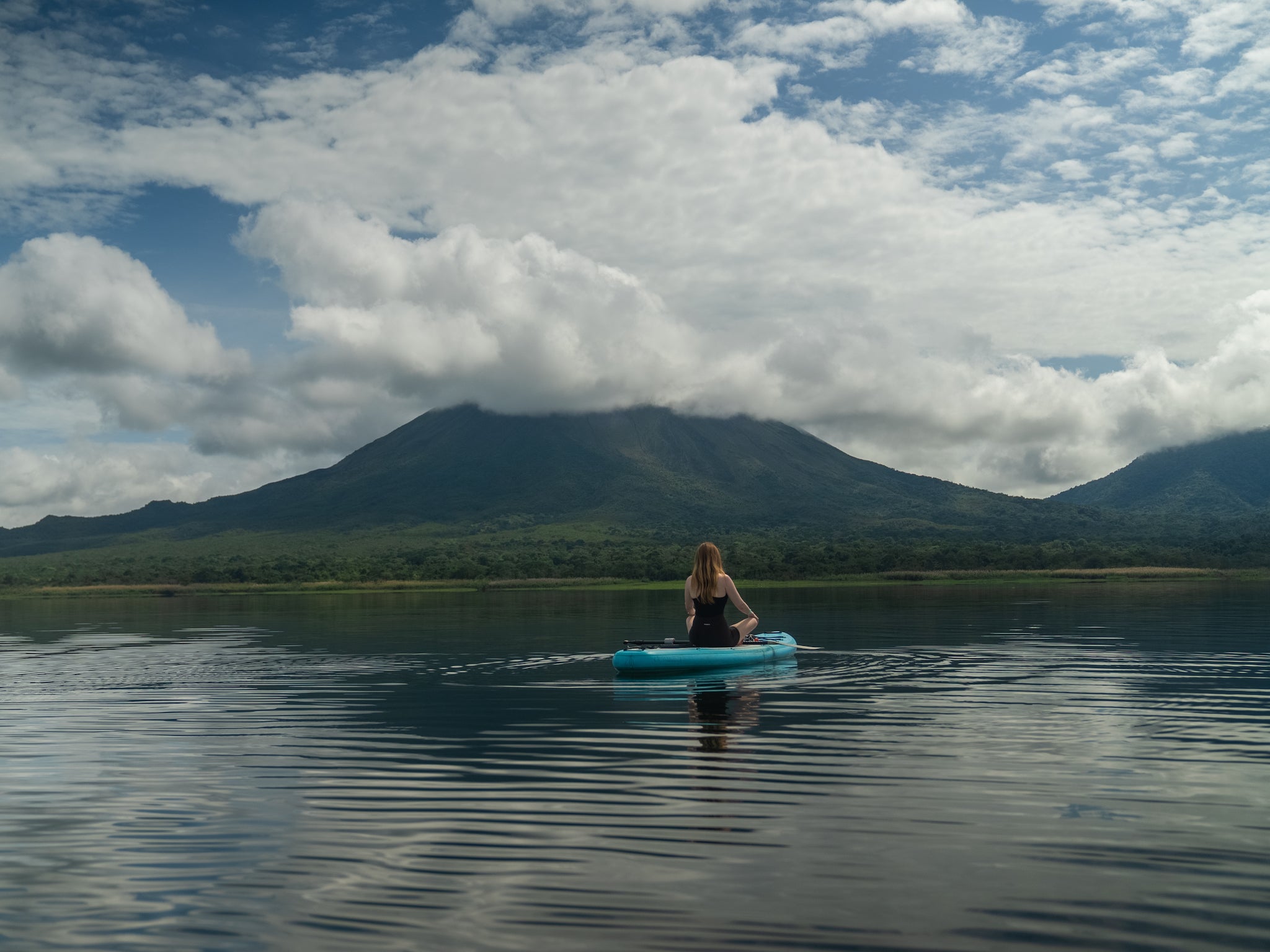
Hydrotherapy
Of course, if you find the water healing, there’s no shortage of lakes, beaches and springs to swim in. From Hermosa Beach in Guanacaste, it’s possible to see humpback whales surface and splash their tails and turtles bob their heads above the waves. A boat excursion can take you to nearby peninsulas to experience sandy coves, rock pools and tropical weather and offer a closer look at whales and dolphins.
Boats, surfboards or paddleboards are abundant but for me, the ultimate paddleboarding experience is in front of Arenal volcano on Lake Arenal. There are several hire businesses and the views are spectacular. Paddleboarding or kayaking in the country’s bioluminescent bays also provides an unforgettable almost alien experience.
Animal life
Costa Rica is home to more than 500,000 species of organisms in total, including plants, animals, fungi, and microorganisms. This staggering number makes it a haven for those who appreciate the natural world. Whether you board a boat, choose to hike through the forest or you’re relaxing on the beach, there will be animal life all around you. This can be particularly soothing for some, and for others, it provides an opportunity to get closer to what Central Americans call Pachamamma, or “mother earth”. Animal symbolism is deeply important to the indigenous peoples of Costa Rica and here you’ll see things you’re unlikely to see anywhere else – like Olive Ridley turtles coming ashore to lay their eggs, toucans in the canopy above and families of monkeys hanging out at a safe distance.
Mind, body and spirit
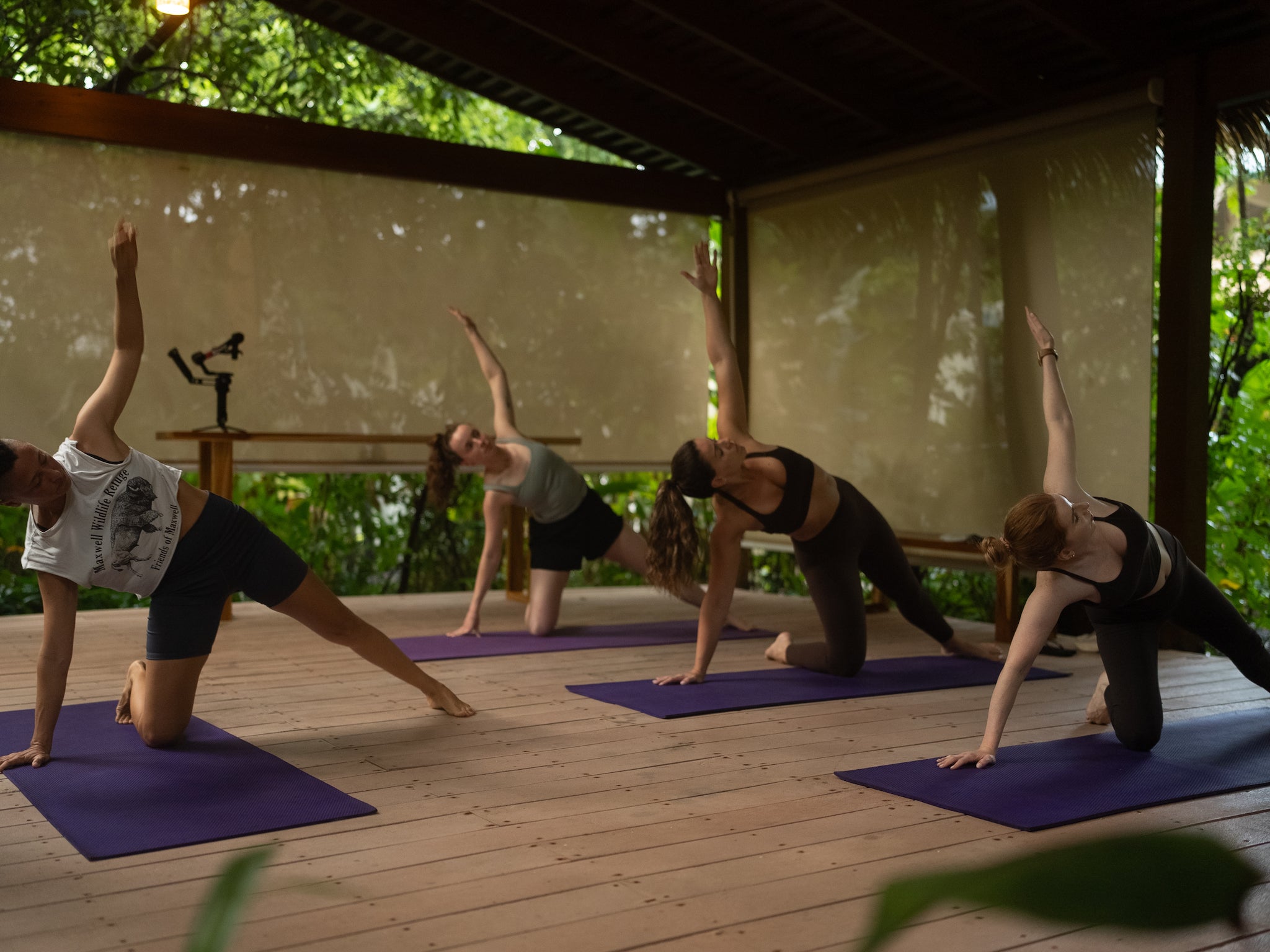
Yoga and meditation
Costa Rica has become a global hub for yoga, and it’s not hard to see why. In Nosara, one of the country’s most celebrated wellness destinations, hotels offering yoga and meditation are plentiful and there are a raft of studios to choose from. Classes are often held in open-air shalas where you can hear the calls of howler monkeys and the rustle of palm trees as you move.
Over on the Nicoya Peninsula, surfing is often combined with sunrise yoga sessions, while in Puerto Viejo on Costa Rica’s Caribbean side, jungle yoga classes are accompanied by the sounds of tropical birds and cicadas. It really depends what you’re looking for from a yoga class but I can guarantee you’ll find the right match because the presence here is huge.
You’ll find specialist yoga retreats, surf lodges with a special focus on yoga and meditation and classes that hone in specifically on the experience of being outdoors with jungle and volcano views. My personal favourite was a session at Bosque de Tío Víctor – a private jungle reserve near La Fortuna offering a short hike through the jungle to a private shala for yoga by a waterfall.
Healing traditions
Costa Rica also embraces a rich tradition of Indigenous and ceremonial healing practices. Cacao ceremonies, designed to open the heart and invite connection, are a regular feature at retreats across the country. My recommendation is to approach these kinds of ceremonies with respect and to do your research about the significance of cacao for the Costa Rican people and their ancestors. A cacao ceremony can be an incredible way to find a peaceful and reflective moment on a busy trip, to feel more connected to those you’re travelling with and to experience the spiritual traditions of the place you’re visiting.
Temazcal, or sweat lodge ceremonies, offer purification guided by experienced facilitators, while sound healing, meditation and breathwork are woven into retreats in Guanacaste, Nicoya, Nosara and beyond. There’s almost too much to choose from so my advice is to be discerning about the sustainability credentials, authenticity and insurance of those offering retreats and events. If possible support local businesses and local residents and stay safe.
Spa culture
Many of the spas in Costa Rica are focused on the volcanic hot springs and minerals from the volcano, but not all of them. Spa culture is alive and well here and you’ll find it intersects very well with the country’s commitment to eco tourism. Budget hostels to upscale hotels and private villas are all conscious about water and energy consumption and most use biodegradable and non-toxic products and pride themselves on running eco-efficient spas. The choice to go hyper-modern and longevity focused or classic and massage and hot tub focused is up to you.
Food and hotels
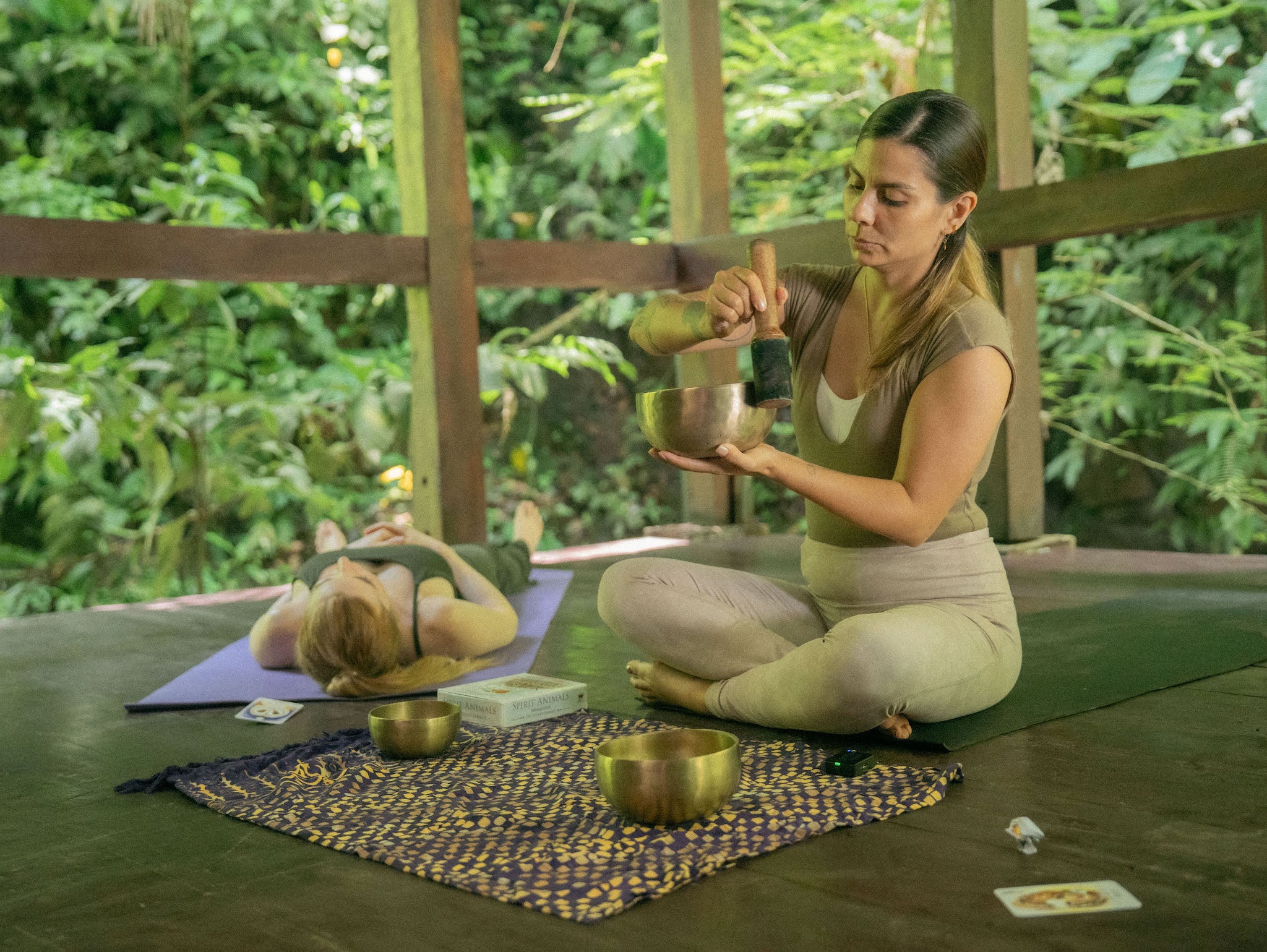
Nourishment and farm to table
Food in Costa Rica is simple, vibrant and deeply nourishing. Farm-to-table dining is the norm, with abundant tropical fruits, fresh fish, and organic vegetables stealing the show. The cuisine of the Nicoya Peninsula, influenced by Blue Zone traditions, centres on beans, corn tortillas, squash, papaya and plantains – foods that are both nutrient-dense and deeply satisfying.
Superfoods like raw cacao, noni, soursop and fresh coconut water are available everywhere, and almost every beach town has a juice or smoothie bar where you can recharge between adventures. For a grounding local meal, try a casado – a traditional plate of rice, beans, salad, plantain and your choice of protein. I looked forward to this perfectly balanced meal every day.
Where to stay
Costa Rica is filled with places to stay that honour its wellness spirit. In Arenal, Nayara Springs offers villas with private hot spring-fed pools, while Kinkára in the San Isidro Valley blends glamping with immersive nature. The Imiloa Institute near Dominical is known for its plant medicine programs and retreat offerings, while Bodhi Tree Yoga Resort in Nosara and Pranamar Villas in Santa Teresa bring together yoga, surfing and slow living.
For travellers on a budget, eco-lodges like Selina Nosara or Puerto Viejo provide a social, creative space, while the Peace Lodge in La Paz offers rustic luxury near waterfalls and wildlife sanctuaries. The best time to visit depends on what you’re seeking. The dry season, from December to April, offers long days of sunshine, while the green season, from May to November, brings lush landscapes and quieter, more intimate travel.
Regardless of where you stay in Costa Rica, hotels will put sustainability first. Tap water is drinkable so you won’t find many plastic bottles, or plastic bags for that matter. You’ll also be encouraged to reuse towels and be mindful of the environment wherever you go. Marine welfare and rainforest conservation are important to the people of Costa Rica so travel with care and you’ll receive a warm welcome.
Things to know
Costa Rica is ideal for digital detoxing, but if you do need to stay connected, be aware that Wi-Fi in remote areas can be slow. Respecting the environment is part of the wellness journey here, so pack reef-safe sunscreen, a reusable water bottle and natural insect repellent. The ocean is beautiful but can be unpredictable, be mindful of riptides and always swim with awareness.
Costa Rica is not just a place you visit, it’s a teacher. Its jungles invite you to breathe deeper, its oceans remind you to surrender, and its people embody a way of life rooted in joy and simplicity. To travel here is to remember what it feels like to live in harmony, with yourself, with others and with the natural world – that’s Pura Vida.
FAQs
Costa Rica lies entirely within the tropics. Average temperatures stay in the mid-20s all year round on the coastal plains and in the low 20s in the highlands. There are marked wet and dry seasons that vary across the country.
The time zone in Costa Rica is Central Standard Time (GMT-6).
Read more: I’m a Gen X retired raver – here’s how I swapped hedonism for high-end wellness in Ibiza

